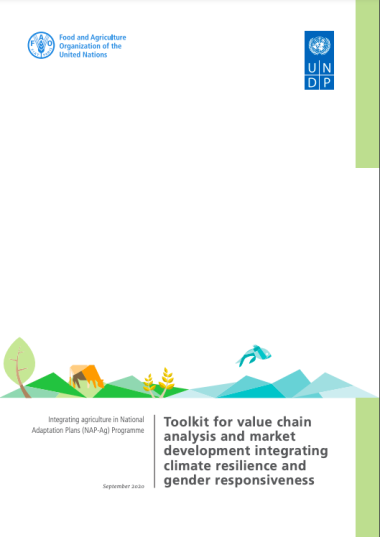
Women's resilient livelihoods & businesses
Women and girls are often hit the hardest by the socio-economic impacts of both sudden and slow-onset disasters and climate change.
This is in part due to: i) the existing division of gender within the different economic sectors and in the informal sector; ii) the exclusion of women from decision-making processes; iii) the impact of unpaid care work and gender-based violence; and iv) the comparatively high rate of job losses that affect women in the aftermath of disasters and impact the survival and recovery of micro, small, and medium size enterprises run by women.
Building women’s resilient livelihoods and businesses resilience before, during, and after disasters and in the context of slow-onset climate changes means addressing several key gender-specific barriers. These include:
i) discrimination and unequal access to natural resources and other productive resources (such as land and credit);
ii) unequal access to finance, technology, and knowledge;
iii) discriminatory social, cultural, and legal norms and practices; and
iv) capacity gaps for women (e.g. on business continuity).
Capacity development for women engaged in formal and formal businesses is critical for increasing knowledge and skills on climate and disaster resilience businesses.
Women’s livelihoods are often dependent on natural resources, which can increase the risks of food insecurity and livelihood losses. In addition, women and girls typically carry a disproportionate burden of unpaid care and domestic work, and this is being exacerbated by climate change and other threats such as COVID-19. For example, women and girls are responsible for water collection in 80 percent of households without access to piped water. Climate-induced drought and scarcity also affects the time and effort required to collect, secure, distribute, and store water, fuel and other resources with implications for livelihoods.
Women’s economic empowerment is central to resilience building. The participation and leadership of women in sustainable livelihood interventions is critical as well as ensuring that financial recovery programmes and economic recovery planning are targeted equally to women and men. Investing in women’s economic empowerment sets a path towards gender equality, poverty eradication, inclusive growth, and resilience.
Investing in women’s economic empowerment and resilient livelihoods will help women withstand, cope, and recover from disasters. This includes providing support for women to maintain or enhance their access and control of resources, capacity, knowledge and assets, including land, training, and credit. Engaging grass-roots women’s organisations, building partnerships for women’s resilient livelihoods and businesses (e.g. women’s associations), and identifying innovative livelihood opportunities and livelihood diversification strategies for women (e.g. new markets, agriculture processing opportunities, renewable energy sources, and resource conservation) will also be paramount.








